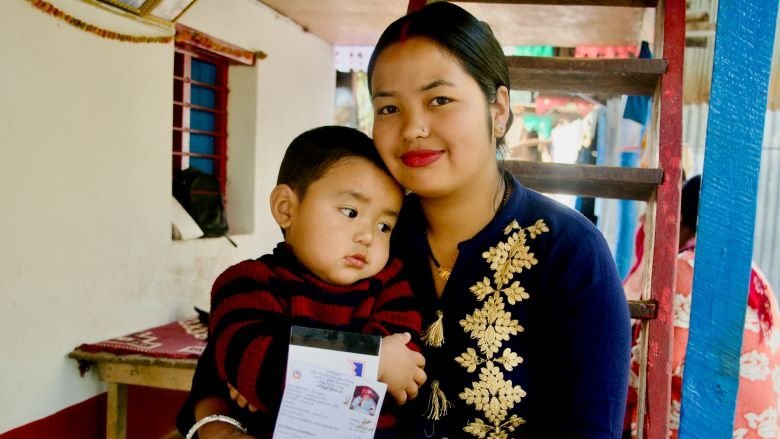Challenges
In the past, Nepal��s local governments conducted all business on paper. This was due to lack of basic connectivity infrastructure and skilled human resources. Vital events �C birth, death, marriage, divorce, and migration �C were registered on paper and people received handwritten registration documents. Keeping paper-based records posed the risk of data losses and limited the use of the data for planning purposes and verification of vital events. In addition, limited awareness of vital registration and difficulties in accessing services of local government offices led to low registration rates and coverage.
Similarly, recipients of social security allowances (SSA)��the elderly, single women (mainly widows), persons with disability, children, and those belonging to endangered ethnicities��were registered on paper and ward officials carried the cash in their backpacks and distributed the cash manually. Such practice raised a lot of problems, including duplication, alleged leakage of funds due to ghost beneficiaries, and delayed benefit payments.
Approach
The project was implemented during Nepal��s transition to a federal system of government. The project facilitated the transition by helping to build the capacity at the local level for improved service delivery. The project added trained human resources and equipment across all 753 local levels to support digitization, helped increase awareness about civil registration and SSA, improved access to registration, and supported policy reform to deliver SSA via banks, providing technical assistance and partnerships to support that shift.
In addition to strengthening the foundations of digitized service delivery by digitizing civil registration and the SSA beneficiary database, �C the project is also currently supporting the design and development of an integrated social registry (ISR). The ISR is an integrated database of households with their demographic and socio-economic data which will provide a platform for identification of beneficiaries and coordination across multiple social programs including those for disaster relief.

